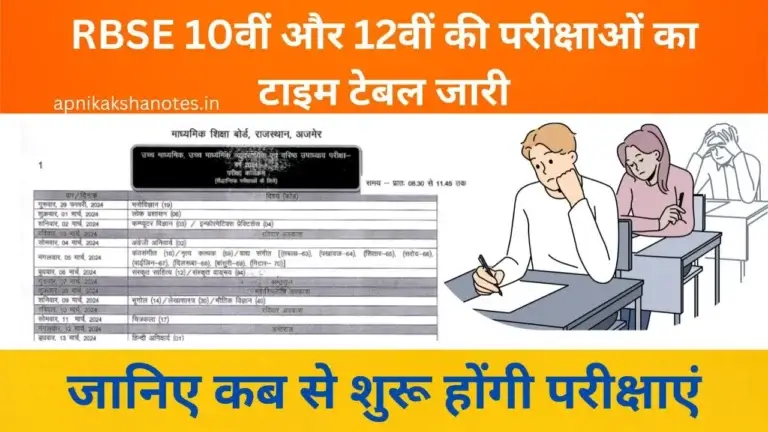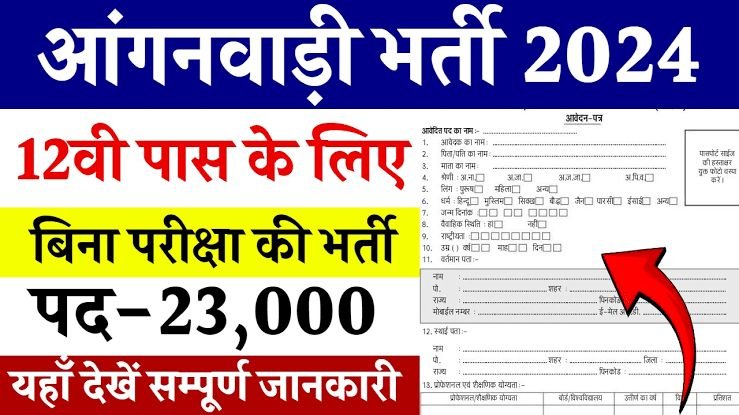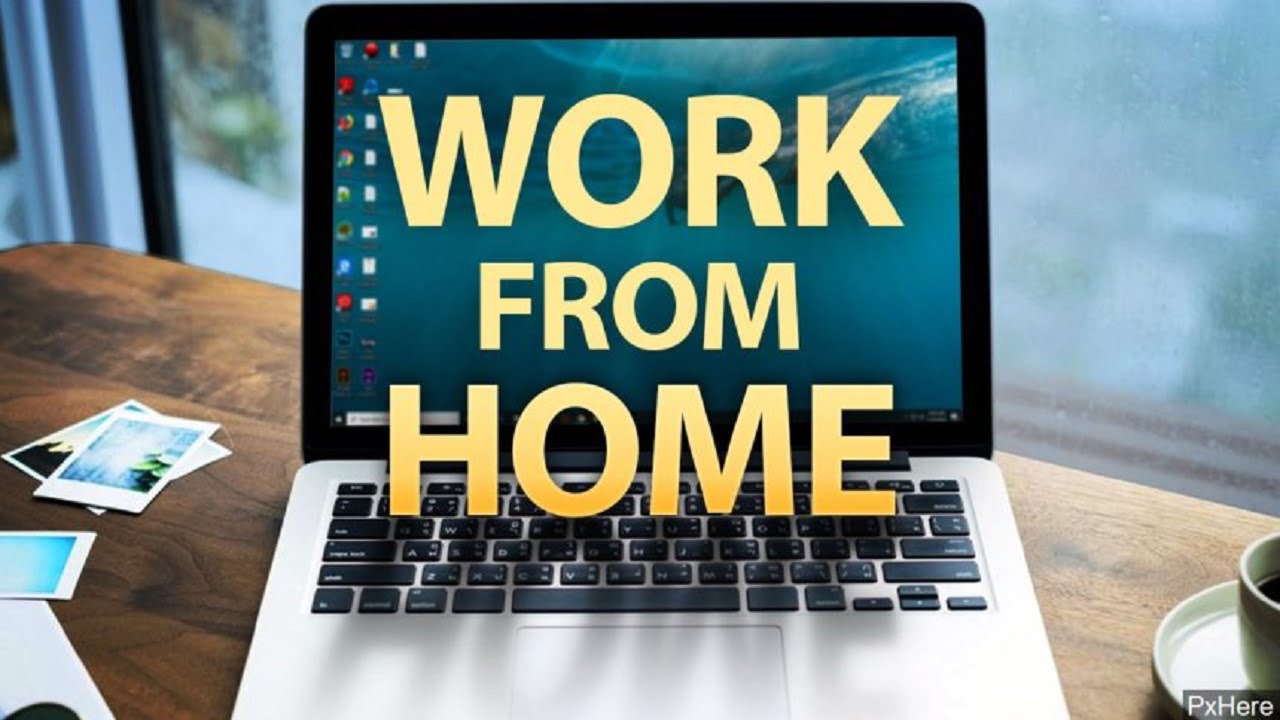Best CBSC Class 10 Computer Handwritten Notes, Class 10 Computer Handwritten Notes, Class 10 Computer notes Code 165,computer applications class 10 cbse book code 165 pdf solutions,Class 10 computer handwritten notes chapter 1, Components of a computer
If you have been searching for Class 10 Computer Handwritten Notes, written by Gauri Singh . You’ll receive it here. They are in PDF format. These notes are extremely beneficial for both board examination preparation and last-minute revision for internal exams.These notes and perform your best on your tests & read this Control And Coordination Class 10 Best Notes.

Class 10 Computer Handwritten Notes
Class 10 Computer Handwritten Notes. Solutions are in PDF form below.
Class 10 Computer Handwritten Notes Summary.
Class 10 Computer Handwritten Notes : A computer is a versatile electronic device designed to process, store, and retrieve data. It consists of hardware and software components that work together to execute various tasks. The fundamental components of a computer include the central processing unit (CPU), memory, storage devices, input devices, output devices, and a motherboard. Understanding the basics of a computer is essential for users to effectively interact with and utilize this powerful technology.
Key Components of a Computer:
- Central Processing Unit (CPU):
- Often referred to as the brain of the computer.
- Responsible for executing instructions and performing calculations.
- Memory:
- Random Access Memory (RAM) provides temporary storage for data in use.
- Read-Only Memory (ROM) stores essential system instructions.
- Storage Devices:
- Hard Disk Drives (HDD) and Solid State Drives (SSD) store data permanently.
- Used for installing and running software, as well as storing user files.
- Input Devices:
- Devices like keyboards, mice, and touchpads allow users to input data and commands.
- Other input devices include scanners, webcams, and microphones.
- Output Devices:
- Displays (monitors), printers, and speakers provide output in the form of visuals, text, or sound.
- Convert data processed by the computer into a readable or perceivable format.
- Motherboard:
- Main circuit board that connects and facilitates communication between all components.
- Houses the CPU, memory modules, and connectors for peripherals.
- Software:
- Programs and applications that instruct the computer on how to perform specific tasks.
- Includes operating systems, productivity software, and games.
- Operating System:
- System software that manages hardware resources and provides a user interface.
- Examples include Windows, macOS, and Linux.
General Syllabus of Computer Subject for Government Competitive Exams
1) The Basics information of a Computer
- Study of a brief history of the development of computers
- Understanding the Concepts of Computer System
- Advantages and Disadvantages of a Computer
2) Components of a computer
- Control units of a Computer
- ALU
- Input / Output devices
- The memory of the Compute
- MotherBoard
3. Memory
- Semiconductor memory
- semiconductor memory functions and characteristics
- types of memory (Memory – RAM, ROM, EPROM, PROM and other types of memory,
- capacities and limitations of Computer memories
4. Generations of computers
- History of Computer Generations
- Development of Computer Generations
- Modern Generation of Computers with examples
5. Types of computers
- Analogue computers
- Digital computers
- Hybrid Computers
- General Purpose Computers
- Special Purpose Computers,
- Micro Computers
- Mini Computers
- Mainframe Computers
- and Supercomputers
- Personal Computer (PCs-evolution of PCs, configurations of PCs, Pentium and Newer,
- PCs specifications and main characteristics, Types of PCs- Desktop, Laptop, Notebook, Palmtop, PDA etc.
6. Input Devices
- Input Devices: Keyboard
- Input Devices: Mouse
- Trackball Input Devices
- Joystick Input Device
- Scanners Input Device
- Digitizing Tablet Device
- Digital Camera Device
- MICR Input Device
- OCR Input Device
- OMR Input Device
- Light pen Device
- Barcode & Barcode Reader
- Quick Response Code (QR Code)
- Voice Recognition
- Touch Screen
7. Output Devices
- Monitors – Characteristics and types of monitor, Size, Digital, Analog, Resolution, Refresh Rate, Interlaced / Non-Interlaced, Dot Pitch
- Video Standard – VGA, SVGA, XGA etc.
- Printers: Types- Impact and Non-Impact printer, Dot Matrix, Inkjet, Laser
- Plotter Output Devices
- 3D Printers Output Devices
- Sound Card and Speakers
8. Storage Fundamentals
- Primary and Secondary Memory
- Data Storage and Retrieval Methods- (Sequential, Direct and Index Sequential)
- Storage Devices (Group 1)- Magnetic Disks, Hard Disk Drives, Floppy Disk, Zip Drive Optical Disks,
- Storage Devices (Group 1)- CD, VCD, CD-R, CD-RW, DVD, DVD-RW, Video Disk, Blue Ray Disc, flashiness / MMC Memory cards, Solid-Stat Drive (SSD),
- Hard disk
- Floppy Disk
- Drive naming conventions in PC
9. Software
- What is Software
- software and its need
- Types of Software: System Software, Application Software, Utility Software
- Introduction & Features of DOS
- Introduction to Windows
- Versions of Windows
10. Languages
- Types of Computer Languages
- Programming Languages Machine
11. Assembler
- Assembler meaning
- High Level
- 4GL
- Merits and Demerits
- Compiler
- Interpreter and Assembler (Uses of Assemblers, Compilers and Interpreter)
12. Application Software
- Application Software and its Type
- Word Processing
- Spreadsheet
- Presentation Graphics
- Database management
- Desktop publishing
- communication
- Educational
- Graphics & Multimedia
- Business Accounting
- MIS
- Gaming and ERP Software etc.
13. Computer coding system
- Computer coding system -ASCII, ISCH and Unicode
- Number system of computer
- Binary, Octal, Decimal, Hexadecimal
- How to change binary to decimal
- How to Change Hexadecimal to Decimal
14. Communication
- Use of communication
- IT communication process
- Component of communication – sender, receiver, transmission medium & protocol
- Types of Communication – Simplex, Half Duplex, Full Duplex.
- Communication Channels – Twisted, Coaxial, Fiber Optic, Modem-Working and characteristics.
- Client-server architecture
- Types of connections – Dial-up, Leased Lines, ISDN, DSL, RF, Broadband uses,
- Advantages & disadvantages of connections
15. Networks
- Types of networks – LAN, WAN, MAN
- VPN meaning
- types of VPN
- Advantages of VPN
- Topology of LAN – Ring, Bus, Star, Mesh and Tree topologies structure, uses,
- Advantage & disadvantages of LAN
- Components of LAN – Media, NIC, NOS
- Network devices – Bridges, HUB, Routers, Repeater, Gateways uses
- Advantages and disadvantages of Network devices












